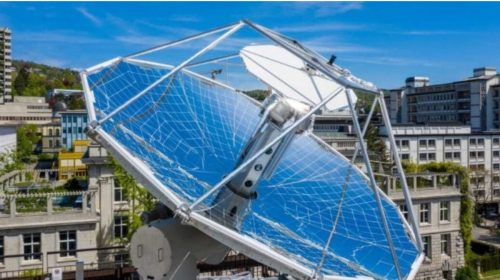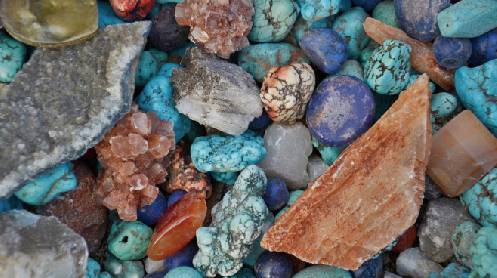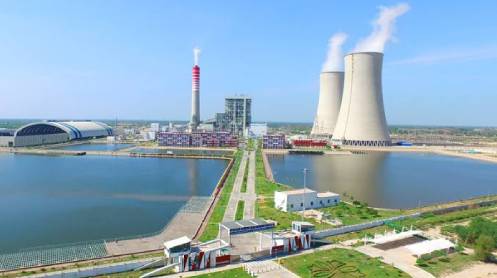We were going to do away with solar panels: The biggest failure in American history
This energy bunker will give you free electricity at home: electricity for life and 80 kWh
Hydrogen teleported for first time and no one understands how: 20 tons that can be anywhere
Experts are increasingly clear: solar panels are far from being the future of domestic self-consumption. One proof of this is the wind fence that we saw yesterday, but we have another even more surprising one: this is the photovoltaic ceramic that produces 1000 times more energy, and that has the experts in suspense: it has started to do this that it should not, and nobody understands what happens when it receives natural light. Imagine if you had free electricity at home, free electricity? It could be like that.
Neither silicon nor perovskite: Ceramic could be the ultimata material for solar panels
In 2015, researchers from ETH Zurich have identified a new photovoltaic ceramic material that may entirely revolutionize solar energy. This new ceramic tile is 1,000 times more efficient than the present silicon-based solar panels; scientists foresee a time when electricity would be nearly free, and it would be clean energy to boot.
Restructuring and differences in orientation of the structure bring forth an explanation of the high performance of the ceramic art. It is composed of two essential components: a material that absorbs light and another that conducts electricity. It utilizes aluminum oxide and perovskite nanoparticles as the light-absorbing layer, which are well-known for their high efficiency in light absorption.
The perovskites are then embedded in highly stabilized aluminum oxide, which shields them from the vagaries of heat, moisture and any form of mechanical pressure. When the sunlight is shone on the ceramic, the electrons in the perovskite nanoparticles will receive the energy light switch too and go to the next level.
These excited electrons are then efficiently transferred into the aluminum oxide crystals that function as pathways within the ceramic to channel the electrons on the surface of the ceramic and produce the electric current. In a number of essential aspects, the photovoltaic ceramic designed by the researchers from ETH Zurich is actually more effective than common silicon solar cells.
Up to 1500 °C of heat: why this ceramic is the “invention of the century” in photovoltaics
The structure and the porosity of the ceramic enable it to capture and retain solar radiation evenly in every portion of the material and achieve the necessary reaction temperature of 1500°C for the entire structure. This is marked progress as opposed to earlier isotropic configurations, which progressively diluted the incident solar flux as it penetrated into the reactor.
The researchers will also use state-of-the-art technique of 3D printing them to the desired structures from ceramic materials developed at ETH Zurich. This type of AM enables the fabrication of structures built on the hierarchy of the channels and pores, and they are open at the face exposed to the sun and get through minae towards the back of the reactor.
These complex structures are produced using a paste formulation that SeeM adapted for this purpose, which includes a high content of cerium oxide particles to boost the quantity of redox-active material. This means that the geometry of the extruded component could be accurately controlled through 3D printing, and its subsequent efficiency and performance optimised.
1000 times more powerful than solar panels: Could photovoltaic ceramic be the future of energy
It is thus evident that the prospects of using photovoltaic ceramics are monumental and impactful. That is why it has the prospect of revolutionising the field of solar energy and the manner in which it is consumed, with an efficiency of over 1,000 times that of conventional solar panels.
Renewable ceramics have the ability to generate nearly free electrons, allowing renewable energy to reach a greater number of people, including those who are unable to make costly investments in the renewable energy systems they require. This technology could also be applied to some massive industries, like the cement and steel industries.
As you can see, this photovoltaic ceramic is designed not only to promote domestic self-consumption, but also to create the first energy-positive buildings. What does this mean? They produce more energy than they consume, something that was considered impossible and that experts have now managed to recreate under controlled conditions. However, the commercialization of this prototype could still be delayed for a while longer.





